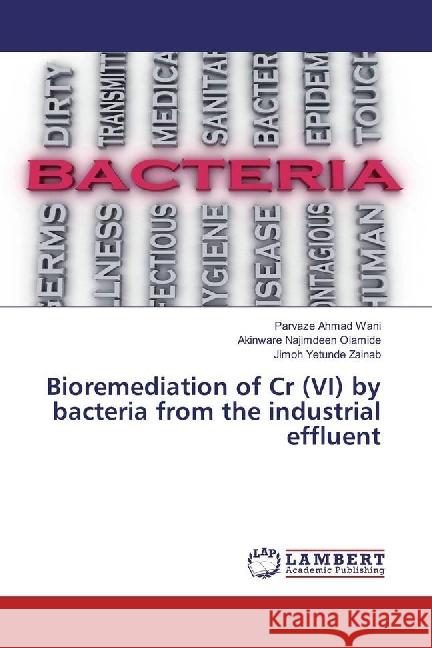Bioremediation of Cr (VI) by bacteria from the industrial effluent » książka
Bioremediation of Cr (VI) by bacteria from the industrial effluent
ISBN-13: 9783659974786 / Angielski / Miękka / 2016 / 76 str.
Mining, manufacturing, and the use of synthetic products (e.g. pesticides, paints, batteries, industrial waste, and land application of industrial or domestic sludge) can result in heavy metal contamination of urban and agricultural soils. Haxavalent chromium [chromate, Cr (VI)] and trivalent chromium Cr (III) are the most common oxidation states found in these contaminated soils. Cr (VI) is highly toxic, mobile and soluble, which generally exists as an oxyanion (CrO42-) in aqueous systems. CrO42- is a strong oxidizing agent, which reacts with nucleic acids and other cell components and results in toxicity, mutants and carcinogenesis. Cr (III) on the other hand, is insoluble and less toxic. Therefore reduction of Cr(VI) to Cr(III) is an effective way for remediation of Cr(VI)-polluted water. The conversion of chromium Cr (VI) to Cr (III) is a cheap and environment friendly technique and is therefore less expensive and safe method to save our soil and water from the toxic effect of these metals.











